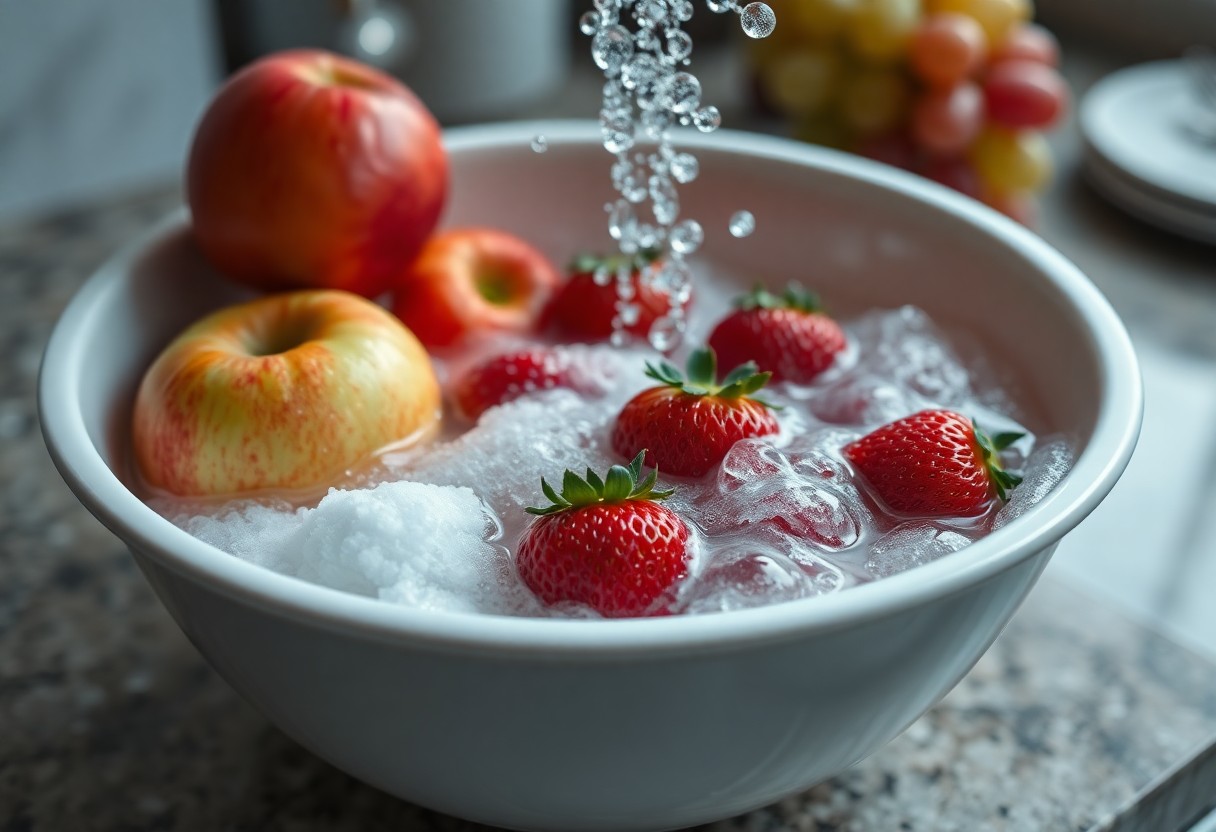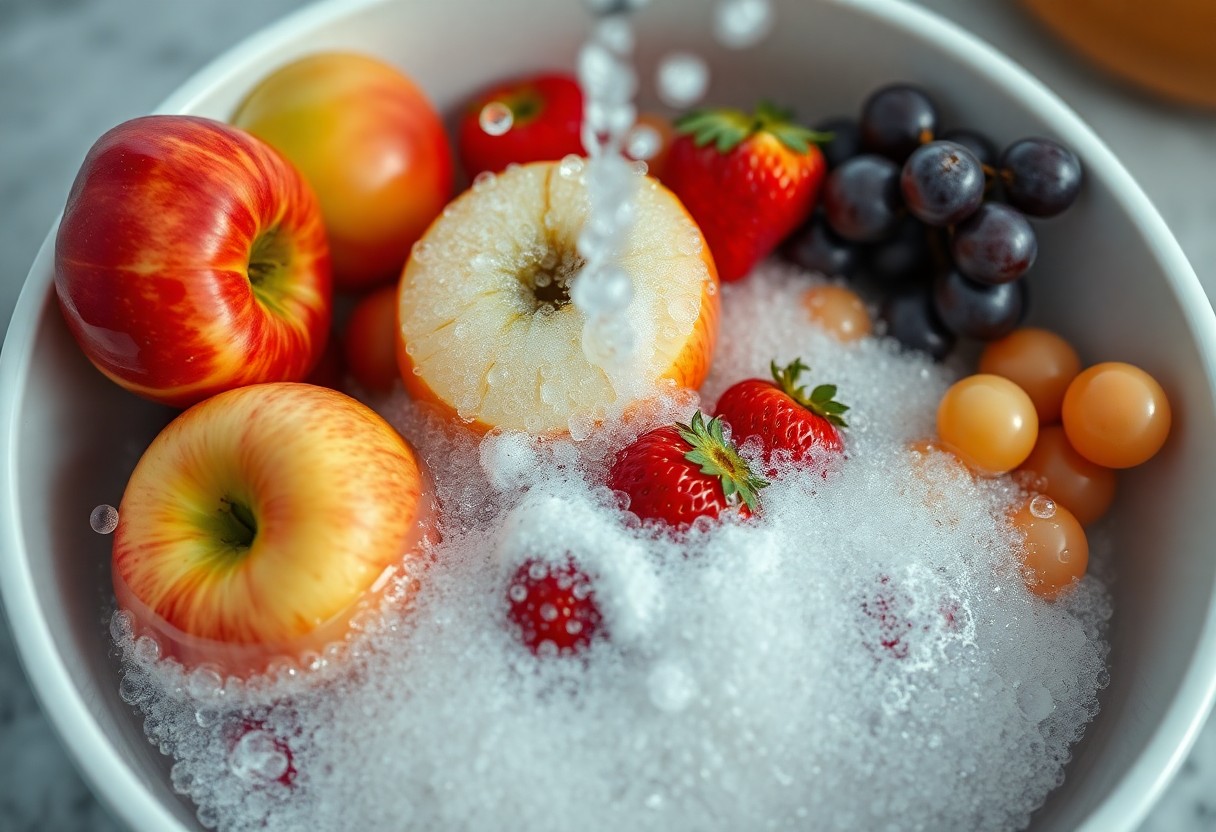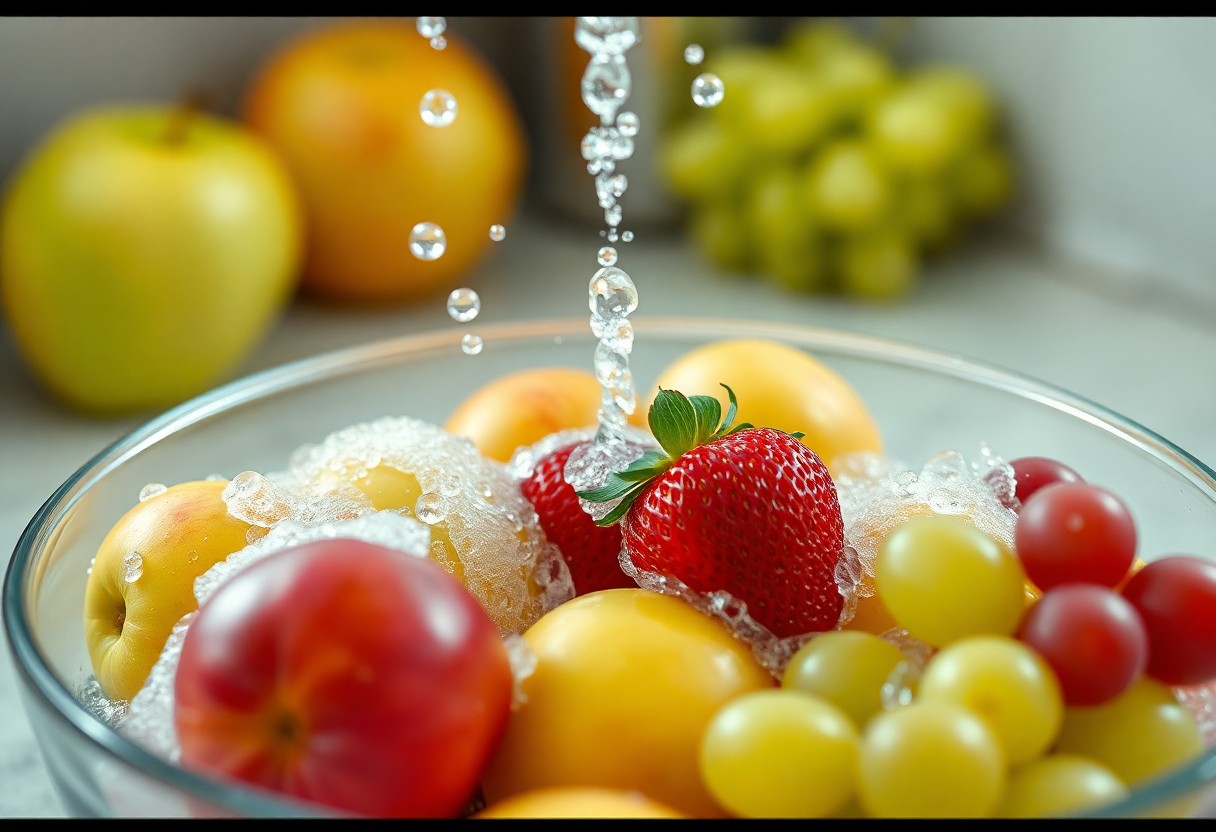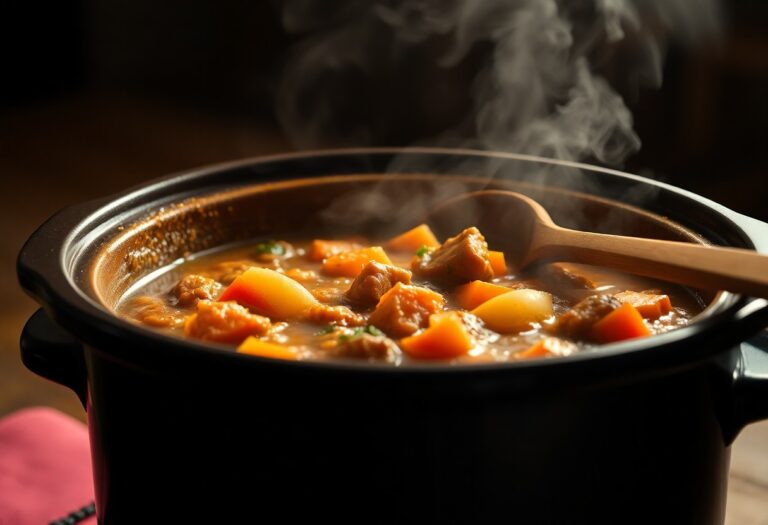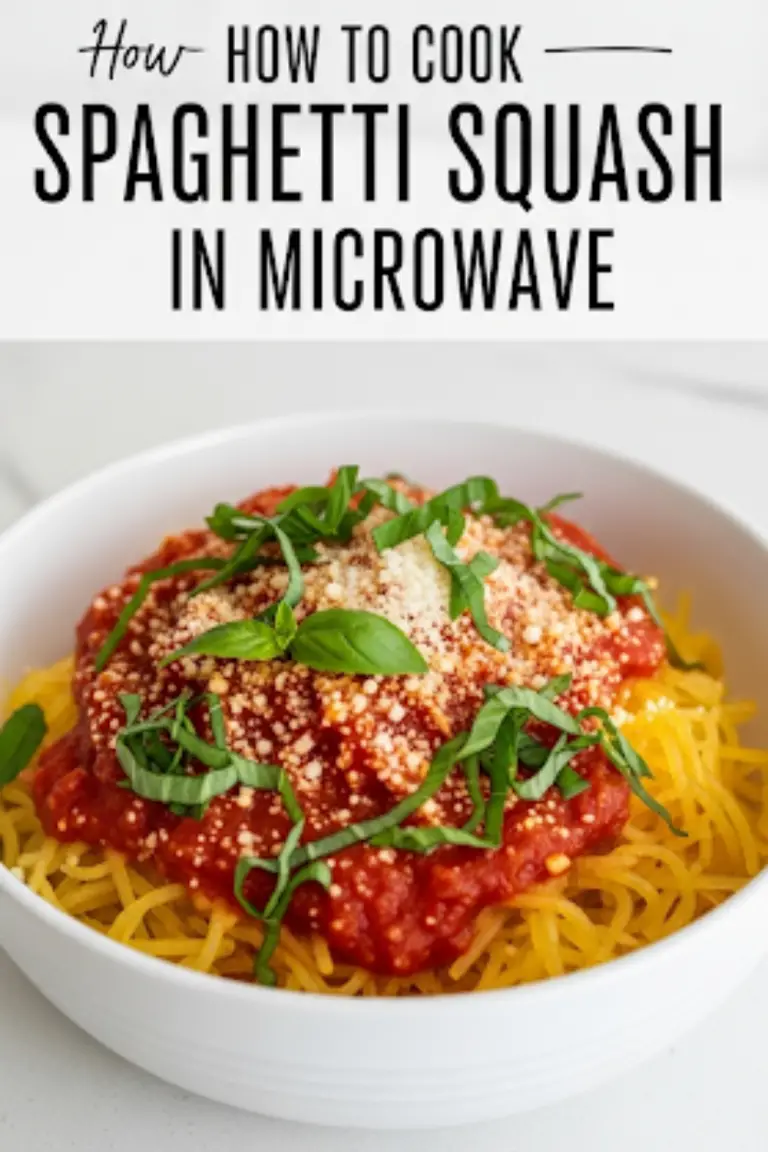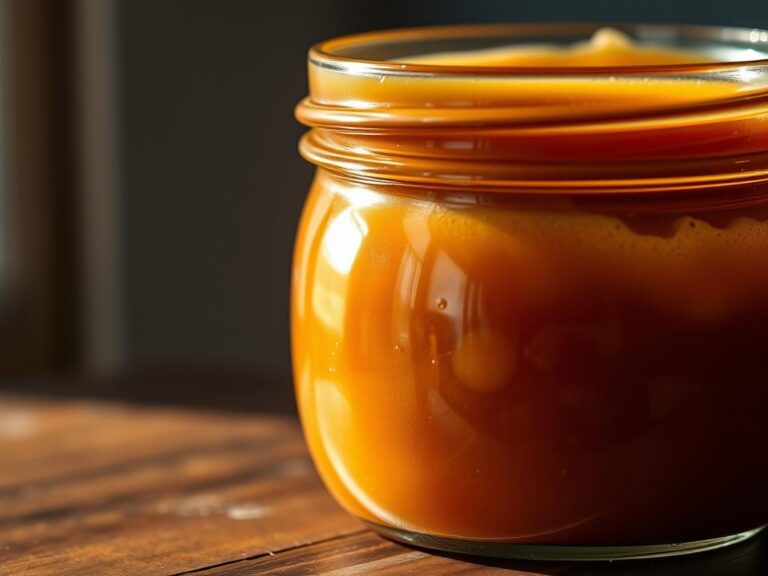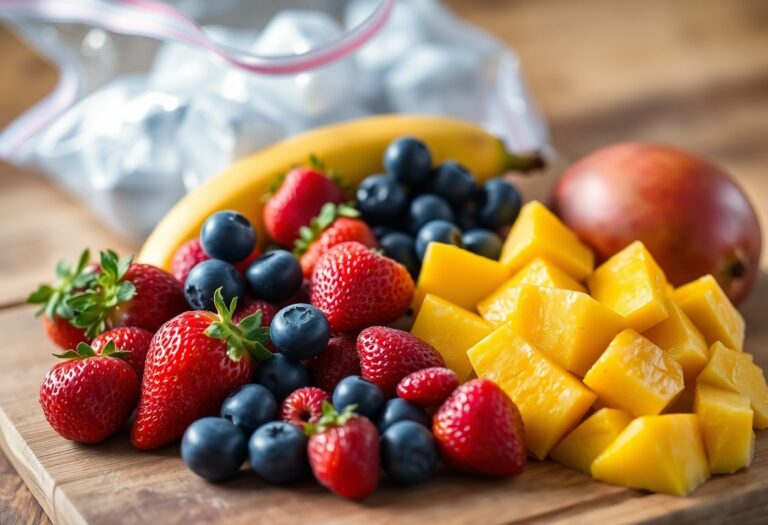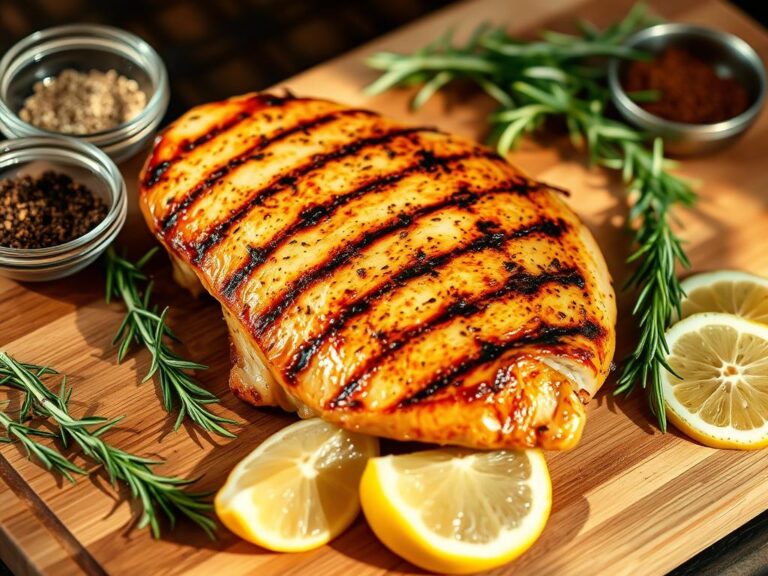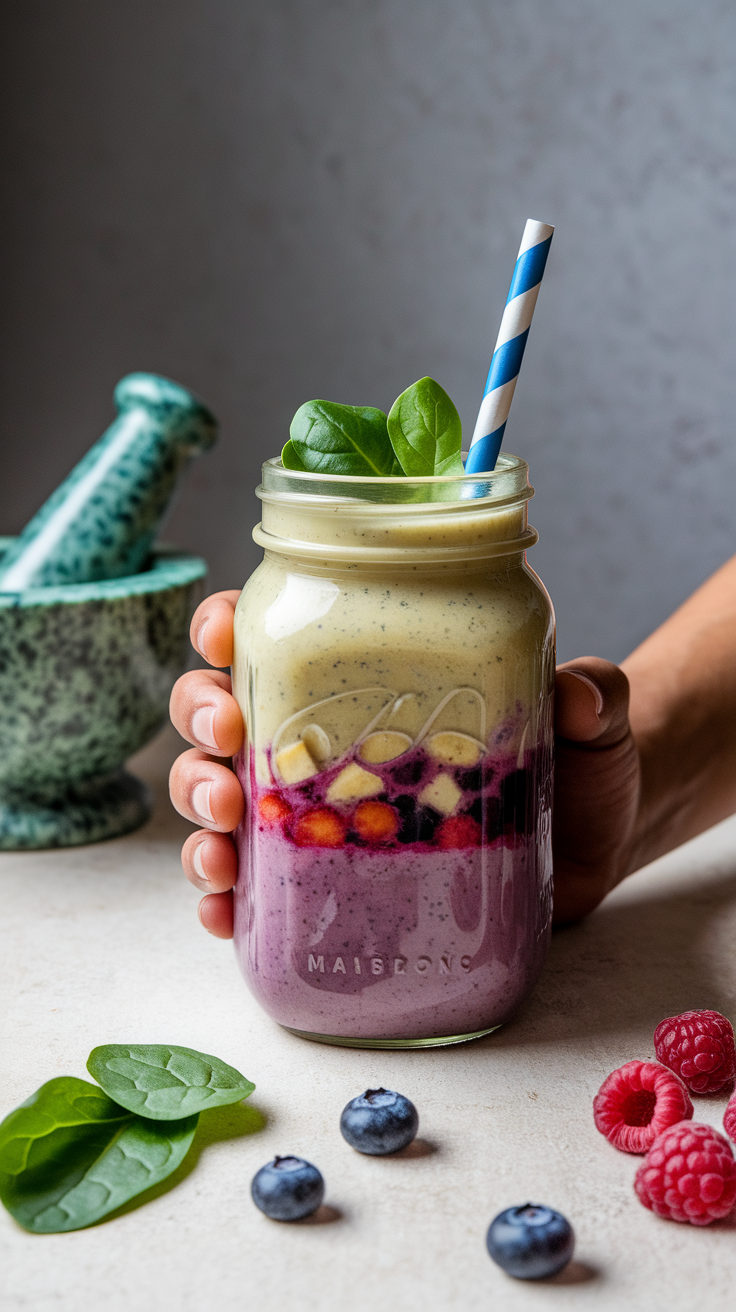how to wash fruit with baking soda
The Essential Role of Clean Produce
Health Benefits of Fresh Fruit
Clean, fresh fruits not only enhance the flavors of your meals but they also play a significant role in your health. Fruits are packed with vitamins, minerals, and antioxidants that are important for maintaining bodily functions. For instance, strawberries offer high levels of vitamin C, while bananas provide potassium, contributing to heart health and muscle function. A 2019 study published in the journal *Nutrients* found that regular fruit consumption is linked to a lower risk of chronic diseases, such as heart disease, diabetes, and certain cancers. By ensuring your produce is clean, you maximize these health benefits without introducing harmful contaminants.
Minimizing Chemical Residues
Many fruits are treated with pesticides and other chemicals during their growth and transportation, raising concerns about chemical residues. A report from the Environmental Working Group reported that strawberries often top the list of fruits with the highest pesticide residues. Washing your fruits effectively, especially with a solution of baking soda and water, can help remove a significant amount of these chemicals. In fact, research shows that soaking produce in a baking soda solution for around 12 to 15 minutes can reduce pesticide levels by up to 96%. This simple practice not only contributes to your well-being but also boosts your confidence in the quality of the food you are consuming.
The Science of Baking Soda as a Cleaning Agent
Chemical Properties that Make It Effective
Baking soda, also known as sodium bicarbonate, has unique chemical properties that make it a formidable cleaning agent. Its alkaline nature allows it to neutralize acids, which is particularly useful in removing residues from fruits. When you mix baking soda with water, it forms a mildly abrasive solution that can help lift dirt and grime off the surface of your produce without damaging it. This gentle abrasiveness is particularly effective at breaking down waxes or pesticide residues that may cling to the surface of fruits, making them safer to consume.
The amphoteric properties of baking soda also contribute to its efficacy. It can react not only with acids but also with bases, allowing it to interact with a variety of compounds found on fruits. This dual reactivity ensures that it can tackle different types of contaminants, whether they are acidic or not. Additionally, as it dissolves in water, baking soda releases carbon dioxide bubbles, which can help dislodge dirt and debris, making your fruit even cleaner by the time you rinse it off.
Evidence Supporting Its Use in Food Safety
Research backs the efficacy of baking soda in promoting food safety, particularly in cleaning fruits and vegetables. A study published in the Journal of Agricultural and Food Chemistry found that soaking produce in a solution of baking soda and water resulted in a significant reduction of pesticide residues. For example, a 10-minute soak reduced common toxins found on apples by up to 98%. This study highlights the potential of baking soda as an accessible and effective cleaning method that can supplement washing with water alone.
Further studies have explored the antimicrobial properties of baking soda, demonstrating its ability to inhibit the growth of pathogens on the surface of produce. By creating an environment where harmful bacteria cannot thrive, you are potentially lowering the risk of foodborne illness with each rinse. These findings suggest that incorporating baking soda into your fruit-washing routine is not just about removing dirt, but also about enhancing your overall food safety practices.
Step-by-Step Guide to Washing Fruit with Baking Soda
Preparing Your Cleaning Solution
To create an effective cleaning solution with baking soda, you’ll want to mix approximately one teaspoon of baking soda with two cups of water in a clean bowl or spray bottle. The alkaline properties of baking soda work to neutralize the acidity found on many fruits, helping to remove any residues left by pesticides or contaminants. For particularly dirty produce, consider increasing the amount of baking soda to two teaspoons per two cups of water. Once mixed, ensure the solution dissolves thoroughly before applying it to your fruits.
Some fruits may have an outer wax coating that protects them during transport; however, this wax can trap dirt and germs. In this scenario, you’ll want to let your chosen produce soak in the baking soda solution for around five minutes, ensuring it’s fully covered. For more information, check out this insightful article: Wait, Why Is Everyone Washing Produce With Baking Soda?.
Washing Techniques for Different Fruit Types
Different types of fruits can have various surface textures and characteristics that need specific attention while washing. For example, with berries, it’s best to gently rinse them under running water after soaking them briefly in the baking soda solution since they are delicate and can disintegrate. Harder fruits like apples and pears can be scrubbed more vigorously using a soft brush to get into the grooves and crevices of their skins. You can categorize fruit types into three categories to make this process more efficient: soft, hard, and leafy. Each of these types has different nuances in washing methods.
| Fruit Type | Washing Technique |
|---|---|
| Berries (strawberries, blueberries) | Gently rinse under running water |
| Hard Fruits (apples, pears) | Scrub with a soft brush |
| Leafy Greens (spinach, kale) | Soak and agitate in water |
| Citrus (oranges, lemons) | Wipe with a cloth or sponge |
| Stone Fruits (peaches, cherries) | Rinse under water |
- For soft fruits, avoid forcefully rubbing them, as they can bruise easily.
- Use a firm hand on harder fruits to ensure a thorough wash.
- Leafy greens should be submerged in the baking soda solution to eliminate dirt.
- Fruit with pits should be rinsed but handled carefully to avoid damaging the flesh.
- Perceiving the texture and skin type of your fruit helps you choose the right washing method.
Rinsing and Drying for Optimal Cleanliness
After cleaning your fruits thoroughly with the baking soda solution, it’s time to rinse them under cool running water. This step ensures that any residual baking soda and dirt are washed away. Use your fingers to gently rub the surface of the fruit, helping to remove any remaining debris. For leafy greens, rinse each leaf individually to ensure that dirt doesn’t hide in the folds. Rinsing should be done for approximately 30 seconds for most fruits to guarantee complete removal of the cleaning solution.
Drying fruits is also a vital step that prevents any moisture accumulation, which could promote spoilage. Use a clean kitchen towel or paper towel to pat the fruits dry gently. If you’re washing larger quantities, consider using a salad spinner for leafy greens to remove excess water effectively. Proper drying techniques will keep your fruits fresher for longer periods and safeguard them from developing mold or other contaminants.
Ensuring that your fruits are visibly dry contributes to their longevity in storage. Managing moisture control can help keep your produce crisp and enjoyable. Additionally, if you partially dry fruits and store them in an airtight container, it can extend their shelf life significantly.
Common Missteps to Avoid When Washing Fruit
Overusing Baking Soda: The Risks
Utilizing too much baking soda when washing fruit can lead to unwanted aftertastes or residue that detracts from the natural flavor of the produce. While it’s a powerful cleaning agent, the key is moderation. Excessive amounts can not only alter the taste but also create a potentially gritty texture that may be unpleasant when eating your fruit. A good rule of thumb is to use just one to two tablespoons of baking soda per sink full of water. This balance ensures you’re effectively cleaning your fruits without overpowering them with sodium bicarbonate.
Furthermore, relying solely on baking soda for cleaning can mitigate its effectiveness against certain pesticides or waxy coatings found on some fruits. Some fruits, such as berries, may require gentler cleaning methods to avoid damage. By using baking soda sparingly, you can enhance the cleaning process without compromising the quality of your fruit.
Ignoring Surface Textures: What You Need to Know
Different fruits possess various surface textures, and your approach to washing them should reflect this diversity. For example, firm-skinned fruits like apples or pears can handle a more vigorous scrubbing with a baking soda solution, effectively removing wax and residue. On the other hand, delicate fruits such as raspberries or peaches can be easily damaged with too much friction, leading to bruising. Always consider the unique characteristics of each fruit and adjust your cleaning technique accordingly, opting for a gentler wash when necessary.
In recognizing the importance of surface textures, you can tailor your cleaning routine to suit each type of fruit. A thorough rinse under running water may suffice for some, while others might benefit from a soak in a diluted baking soda solution. By paying attention to the texture, you not only maintain the integrity of the fruit but also enhance your overall fruit-washing experience. Keeping these nuances in mind fosters better cleaning practices and ensures your fruits remain fresh and delicious.
Beyond Baking Soda: Exploring Other Fruit-Washing Methods
Comparing Effectiveness: Baking Soda vs. Vinegar
Concerning fruit washing, a common comparison exists between baking soda and vinegar as effective cleaning agents. While both have their merits, they work in different ways. Baking soda, a mild alkaline compound, is particularly effective at dissolving dirt and neutralizing pesticides due to its ability to lift residues. Vinegar, on the other hand, is acidic and can kill certain bacteria and viruses, making it a great option for sanitation. However, it may not be as efficient in removing waxes or heavier residues from fruit surfaces.
Comparison of Baking Soda and Vinegar for Fruit Washing| Aspect | Baking Soda |
|---|---|
| Effectiveness against Pesticides | High |
| Effectiveness against Bacteria | Moderate |
| Wax Removal | Very Good |
| Time to Soak | 15 minutes |
| Ease of Use | Simple |
| Effectiveness against Pesticides | High |
| Effectiveness against Bacteria | High |
| Wax Removal | Poor |
| Time to Soak | 5 minutes |
| Ease of Use | Requires Rinsing |
Innovations in Fruit Washing Products
The market for fruit washing products has seen significant innovation in recent years. Commercial fruit washes are formulated with various combinations of organic acids, enzymes, and surfactants to effectively break down residues and contaminants. These products not only clean but also help retain the fruit’s freshness. Brands are now emphasizing biodegradable ingredients, appealing to health-conscious consumers seeking sustainable practices. Additionally, smart washing devices have emerged, using ultrasonic technology to help cleanse fruit without the need for chemical additives, offering a high-tech solution to maintaining fruit hygiene.
Incorporating these advanced products into your routine can enhance efficiency and effectiveness in fruit cleaning. For instance, products that include citric acid can provide a natural option while also masking any unpleasant tastes associated with other washing methods. Their convenient designs—such as spray bottles or concentrated solutions—make them user-friendly, offering quick application methods without requiring extensive soaking or rinsing. This combination of effectiveness, ease, and eco-friendliness makes them an attractive option for anyone looking to improve their fruit washing habits.
FAQ
Q: Why should I wash fruits with baking soda?
A: Washing fruits with baking soda is effective because it helps to remove pesticide residues, dirt, and bacteria. Baking soda, which is a mild alkali, can help break down these substances and make the fruit safer and cleaner for consumption. It’s a natural alternative to chemical washes.
Q: How do I wash fruits with baking soda?
A: To wash fruits with baking soda, start by filling a large bowl or the sink with water. Add about one teaspoon of baking soda for every two cups of water. Soak the fruits in this solution for about 10 to 15 minutes. After soaking, rinse the fruits thoroughly under running water to remove any baking soda residue along with any contaminants.
Q: Are there any fruits that should not be washed with baking soda?
A: Most fruits can be effectively washed with baking soda; however, delicate fruits like berries should be handled with care. It’s best to avoid soaking them too long as they can become mushy or waterlogged. Instead, a quick rinse with a baking soda solution followed by gentle patting dry is recommended for these types of fruits.
Q: Can baking soda be used to wash all types of produce?
A: While baking soda is suitable for many types of fruits and vegetables, it’s important to be cautious with those that have porous or very thin skins, such as mushrooms or soft-skinned fruits like tomatoes. For these types, a light rinse with water may be enough to clean them, as they can absorb the baking soda solution.
Q: How often should I wash fruits with baking soda?
A: It’s a good practice to wash fruits with baking soda before consuming them, especially if they are not organic or if you are unsure about pesticide treatments. This method can be used every time you prepare to eat or cook with the fruit to ensure it’s properly cleaned for safe consumption.

